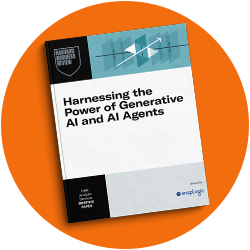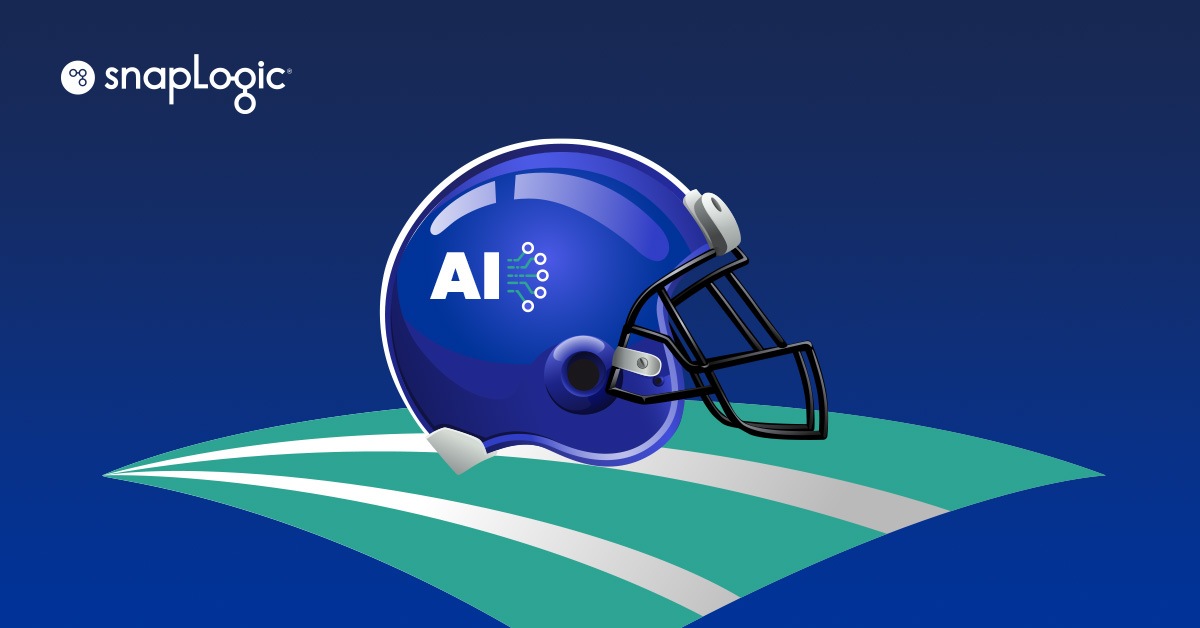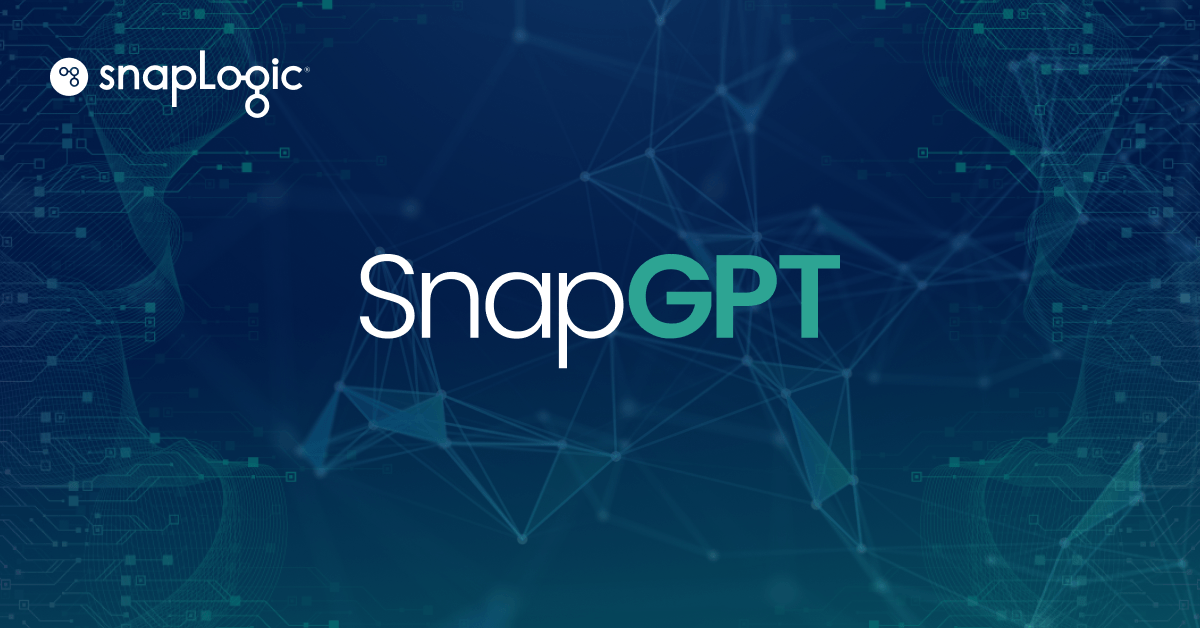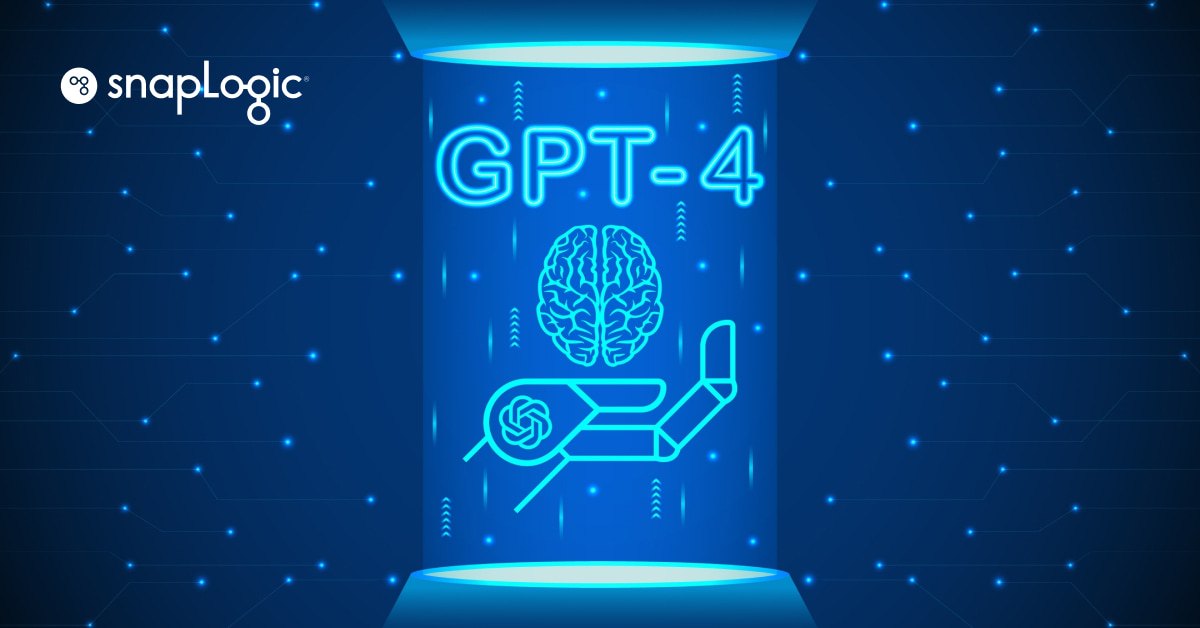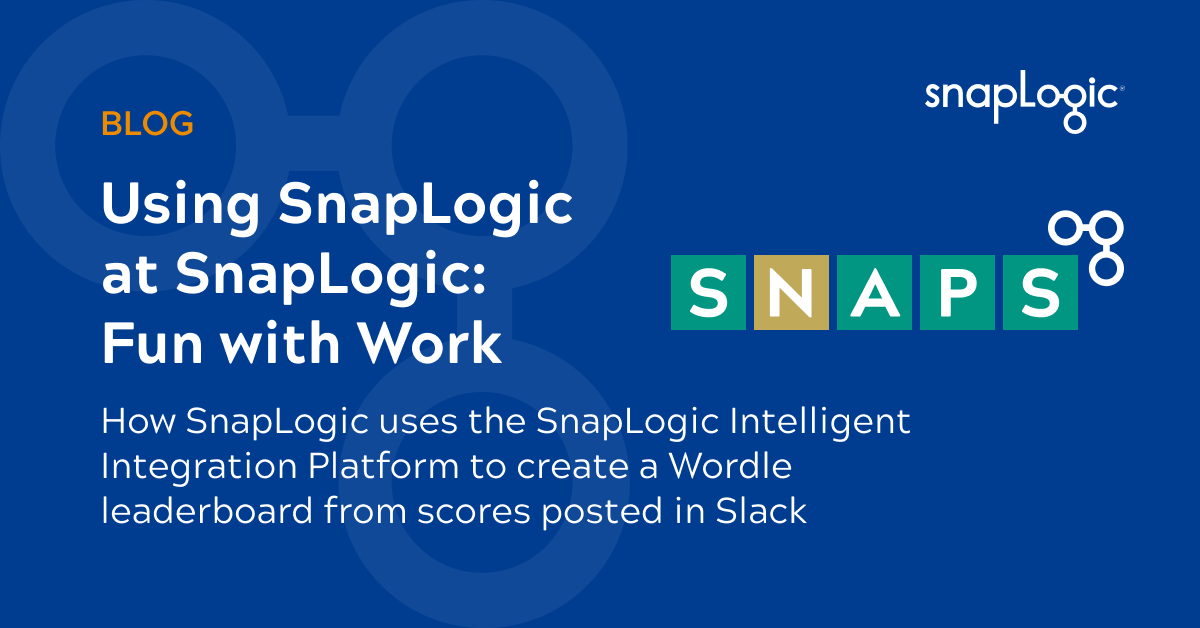The NFL Draft is one of the most important events in the NFL calendar, and for good reason. The draft is the primary way for NFL teams to build their rosters and add new talent to their team. Teams spend months scouting and evaluating college prospects in order to identify the best players for their team. The draft is an opportunity for teams to add talented players who can help improve their performance on the field and potentially lead them to a championship.
Moreover, the NFL Draft is an event that is eagerly anticipated by football fans around the world. Fans watch the draft with great excitement, waiting to see which players their favorite team will select. The draft is a way for fans to get a glimpse into the future of their team and to see the direction that the team is taking. It is also a chance for fans to discover new players who may become their new favorite player. This is important because it can have a significant impact on the future of NFL franchises. The players selected in the draft can make a major difference in the success of their team. A great draft pick can help turn a struggling team into a contender, while a poor pick can set a team back for years. The draft is a crucial part of the NFL offseason, and it is a way for teams to position themselves for success in the upcoming season and beyond.
Neural networks are notorious for their ability to make sense of and extract patterns from otherwise unconnected and incomprehensible data sets, not unlike the names of NFL hopefuls all over the United States. Not surprisingly, neural networks are modeled after the structure of the human brain, consisting of interconnected layers of mathematically modeled nodes or neurons, and are able to learn from large data sets.
This is why we think neural networks could be the perfect tool for predicting the 2023 NFL Draft picks.
When we came up with the idea for this experiment, we had to consider network architecture. When it comes to neural nets, network architecture is more of an art than an exact science. We also needed to think about the process of network modeling. But first, let’s talk a little bit about the data available to us, and the number of predictors that we’ve used.
How we got the data
As we all know, data is what makes the magic. So, we have turned to various online data sources and the Kaggle data set to construct the predicting attributes. Kaggle has a database available that includes over 4,000 NFL players who were drafted from 1967 onwards. If we enrich that with the multitude of data sources available online we can start to construct a data set of about 30 predictors per player, ranging from:
- The player’s college statistics
- The player’s physical statistics
- College-level competition the player faced
- History of injuries
SnapLogic provides versatility for pooling the data, so we have used several pipelines for pulling, stripping and transforming the data before we placed it into a Snowflake data warehouse.
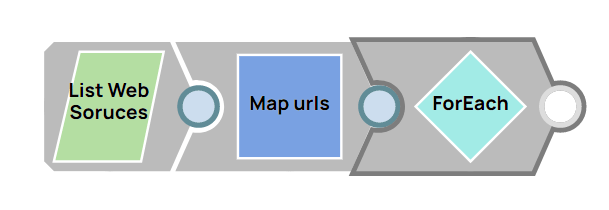
Now, with our data in the warehouse, we added our 30 predictors.

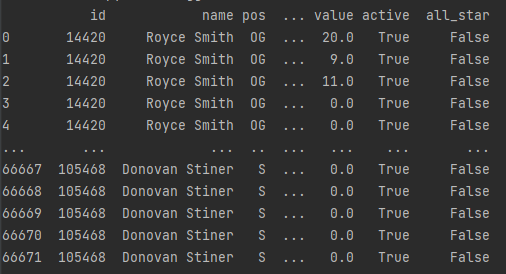
Then we started designing the neural net architecture. And, to make things a bit more interesting since neural nets are modeled after the human brain, and the human brain has this nice plasticity or Hebbian rule, we included that too. With 30 inputs, we designed the architecture.
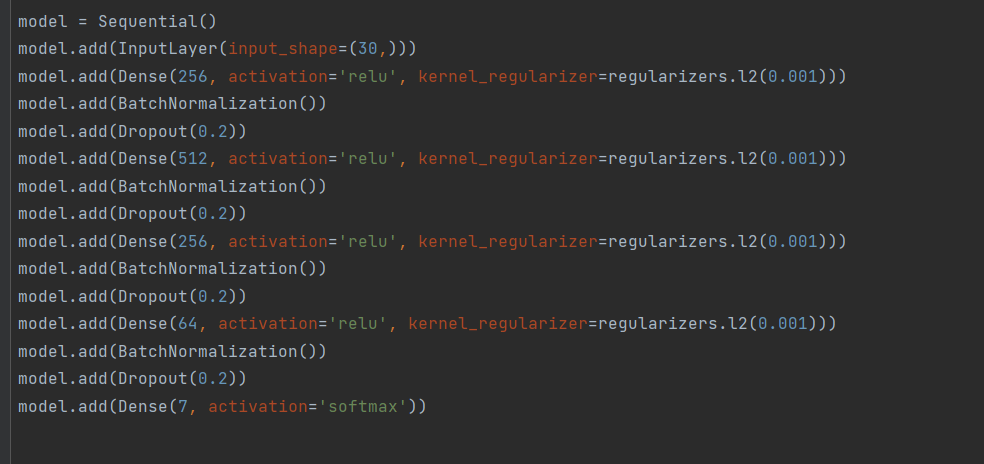
We had several layers — the first one consists of 30 input neurons. This took the input of the data, and a set of hidden layers, including a so-called max-pooling layer to reduce the dimensionality of the data. The rest of the layers in the design are there to extract the relevant features from the players’ attributes and performance data and perform classification in order to predict the player’s draft position.
The design allows for the network to learn complex relationships in the data, and at the same time prevents overfitting and improves generalization.
And there’s the added bonus of the Hebbian rule. We are making sure that the network —―similar to the human brain — learns to be robust and adapts to new data by dropping a fraction of the neurons during training.
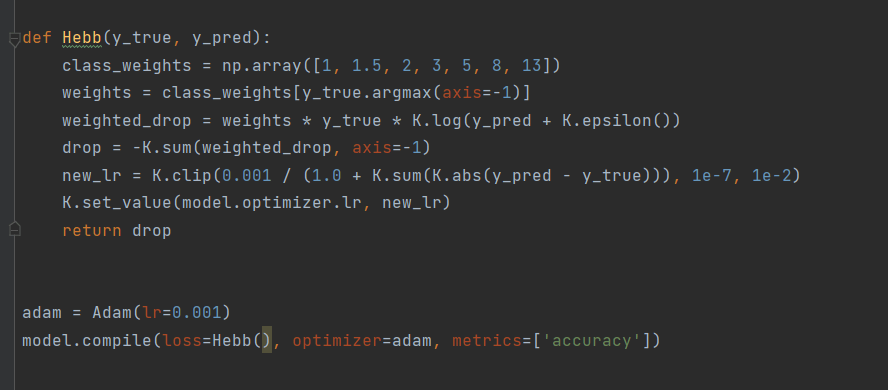
Our predictions for the 2023 NFL Draft
After a lengthy training session, we were ready to start feeding the 2023 player data. Here are the results:
- Carolina Panthers → Bryce Young
- Houston Texans → Will Levis
- Arizona Cardinals → Tyree Wilson
- Indianapolis Colts → C.J. Stroud
- Seattle Seahawks → Anthony Richardson
- Detroit Lions → Devon Witherspoon
- Las Vegas Raiders → Christian Gonzalez
- Atlanta Falcons → Bijan Robinson
- Chicago Bears → Paris Johnson
- Philadelphia Eagles → Peter Skoronski
- Tennessee Titans → Will Anderson Jr.
- Houston Texans → Keeanu Benton
- Green Bay Packers → Jalen Carter
- New England Patriots → Joey Porter
- New York Jets → Broderick Jones
- Washington Commanders → Deonte Banks
- Pittsburgh Steelers → Lukas Van Ness
- Detroit Lions → Nolan Smith
- Tampa Bay Buccaneers → O’Cyrus Torrence
- Seattle Seahawks → Myles Murphy
- Los Angeles Chargers → Jaxon Smith-Njigba
- Baltimore Ravens → Julius Brents
- Minnesota Vikings → Hendon Hooker
- Jacksonville Jaguars → Calijah Kancey
- New York Giants → Zay Flowers
- Dallas Cowboys → Dalton Kincaid
- Buffalo Bills → Jordan Adison
- Cincinnati Bengals → Michael Mayer
- New Orleans Saints → Bryan Bresee
- Philadelphia Eagles → Jahmyr Gibbs
- Kansas City Chiefs → Quentin Johnston
From our calculations, we have a 93% confidence in this model. We did not include considerations for trades. Will our predictions be correct? We’ll see what happens in Kansas City. The 2023 NFL Draft takes place from April 27-29 and will be broadcast on ESPN. Follow along and see how we performed.
